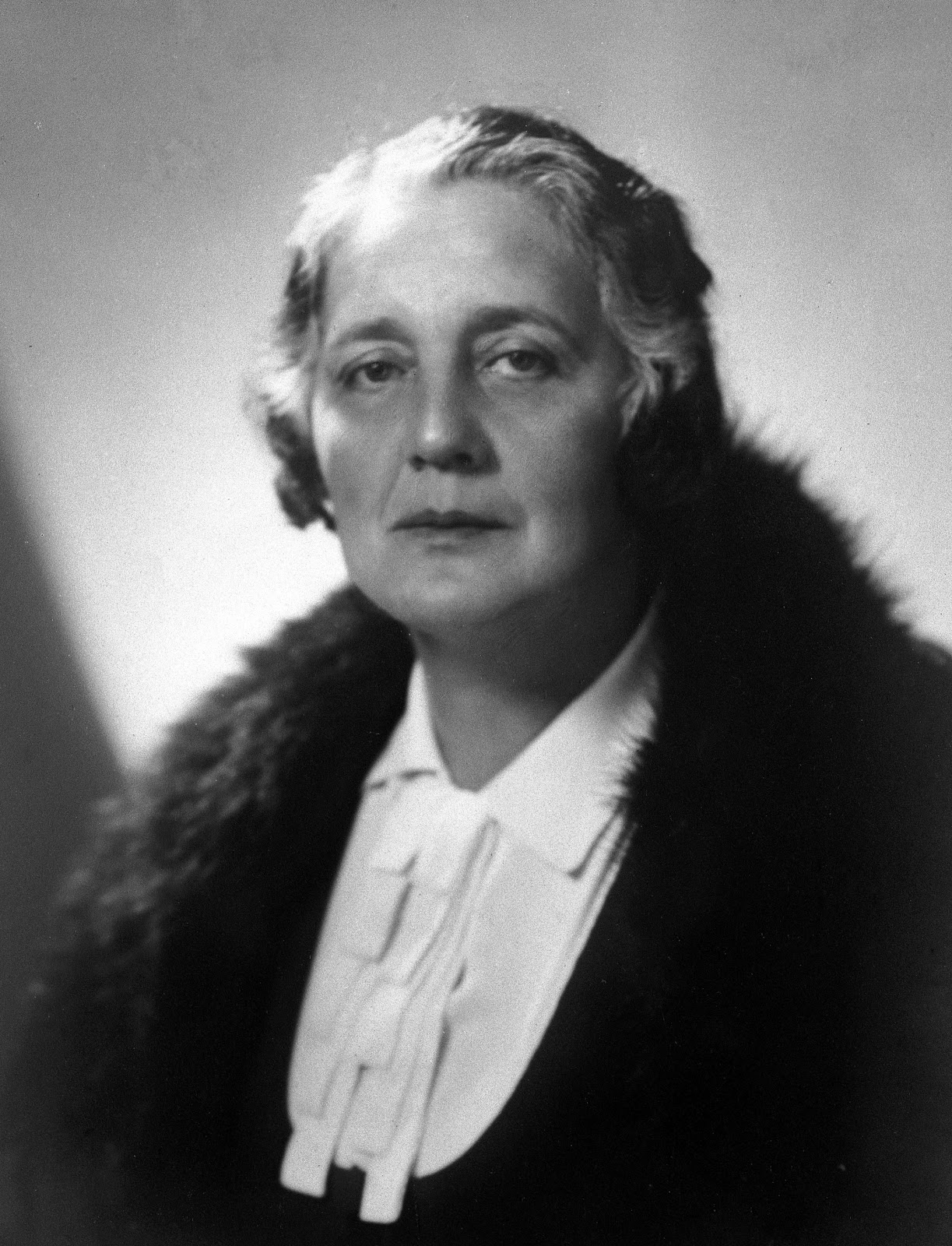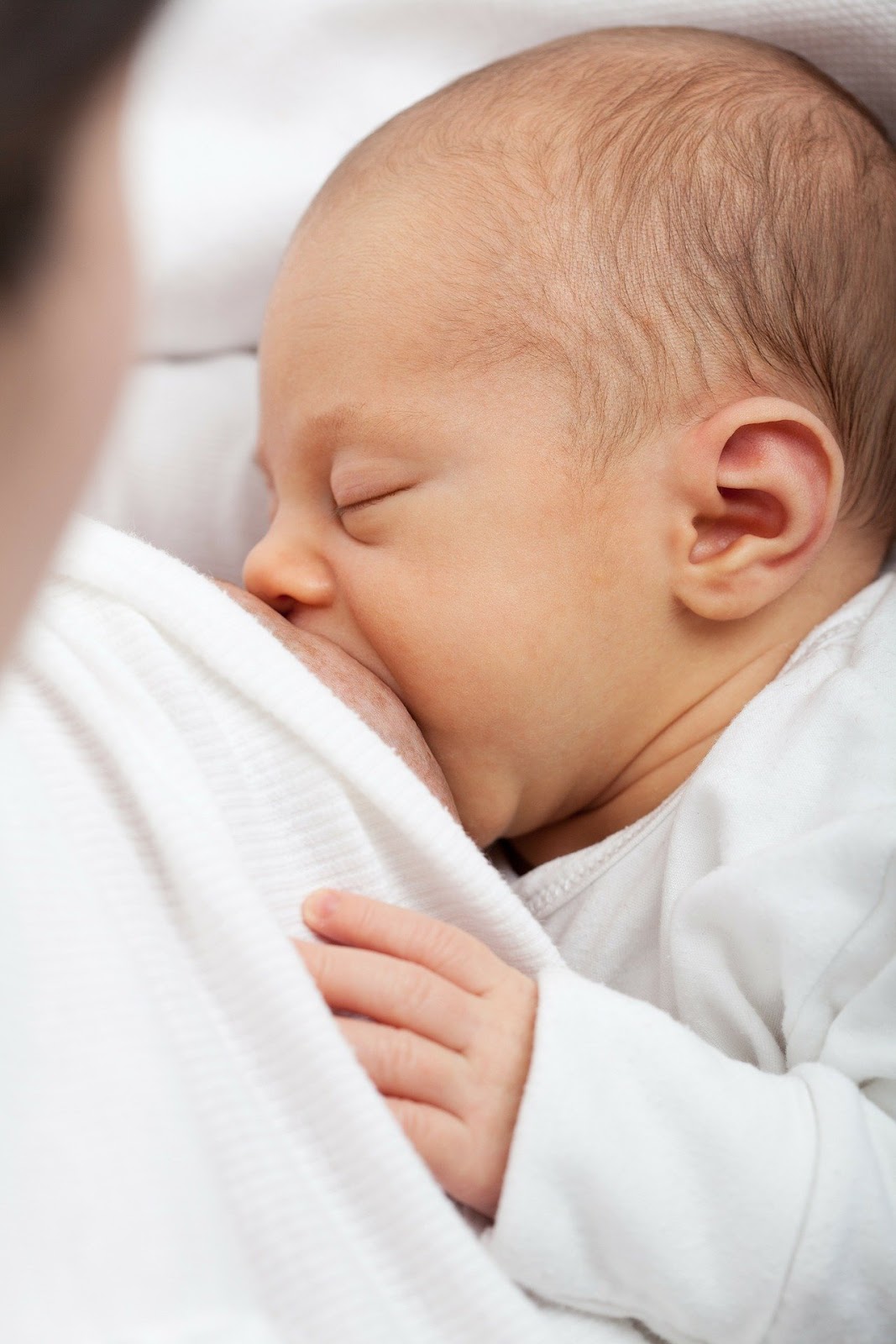Chapter 7: Klein – Object Relations
Part 1: Melanie Klein
There are those who say that it is inappropriate to refer to object relations theory as if it were a single theory. It is more appropriate to refer to object relations theorists, a group of psychoanalysts who share a common interest in object relations, but whose theories tend to vary with each individual theorist. Sigmund Freud used the term object to refer to any target of instinctual impulses. In the current context, an object is a person, or some substitute for a person, such as a blanket or a teddy bear, which is the aim of the relational needs of a developing child. Melanie Klein is generally recognized as the first object relations theorist, and her change in emphasis from Sigmund Freud’s view was rather profound. Freud believed that a child is born more like an animal than a human, driven entirely by instinctual impulses. Only after the ego and the superego begin to develop is the child psychologically human. Klein, however, felt that a baby is born with drives that include human objects and the corresponding need for relationships. In other words, the infant’s instinctual impulses are designed to help the child adapt to the distinctly human world into which the child is born (Mitchell & Black, 1995).
Melanie Klein (1882-1960) was also born in Vienna, about 13 years before Anna Freud. However, she did not remain there. She moved first to Budapest, where Klein entered into psychoanalysis with Sándor Ferenczi. She then moved to Berlin, where she continued her psychoanalysis with Karl Abraham. Since the move to Berlin occurred in 1921, and since she credited this period with Abraham much more significantly than the time she spent with Ferenczi, the most significant portion of her psychoanalysis actually occurred shortly after that of Anna Freud (Mitchell, 1986). However, the time periods are so close that, despite the difference in age, they really should be considered contemporaries. But they certainly did not agree, as we have already seen.

There are two factors that contributed to the differences between Klein and Anna Freud. Since Klein underwent psychoanalysis with Ferenczi in Budapest, and then with Abraham in Berlin, her exposure to multiple points of view likely gave her a unique perspective on psychoanalysis. Anna Freud, remember, never left her father’s home while he was alive. Also, in 1925, just as the two women were embarking fully on their own careers, Klein moved to England following the death of her mentor Karl Abraham. This separation from the continent of Europe, in a country where analysts already shared ideas similar to Klein’s, led to a freedom of thought that allowed Klein to develop her own theories without restraint (Mitchell, 1986).
As mentioned above, Klein believed that an infant is born with the capacity and drive to relate to others. An inherent problem with this reality, however, is that the infant must be prepared to deal with all types of people and relationships. Thus, Klein believed that the death-instinct and its aggressive energy are every bit as important as the life-instinct (Eros) and its libidinal energy:
…What then happens is that the libido enters upon a struggle with the destructive impulses and gradually consolidates its positions…the vicious circle dominated by the death-instinct, in which aggression gives rise to anxiety and anxiety reinforces aggression, can be broken through by the libidinal forces when these have gained in strength. As we know, in the early stages of development the life-instinct has to exert its power to the utmost in order to maintain itself against the death-instinct. But this very necessity stimulates the growth of the sexual life of the individual. (pgs. 211-212; Klein, 1932/1963)
As the child continues to develop, love becomes the manifestation of the life-instinct, and hate becomes the manifestation of the death-instinct (Mitchell, 1986). As for people in the child’s life, the child will begin to recognize both good and bad elements of their support for and relationship to the child. The child will also recognize good and bad aspects of its own thoughts and behaviors. As a result, the child will begin a process known as splitting, in which the bad parts of an object are split off and not allowed to contaminate the good parts of the object. In simpler terms, a child can continue to love its parents, even though there may be times that the parents do not satisfy the impulses of the child. Similarly, the child can continue to feel a positive sense of self-esteem, even though they sometimes fail or do bad things. Such split attitudes can continue into adulthood, and we sometimes hear people talk about “love-hate” relationships.

Since the child is born with the life-instincts and death-instincts necessary to establish and maintain object relations, Klein did not focus on development as going through a series of stages. Instead, she suggested two basic developmental orientations that help the child to reconcile its emotions and feelings regarding the inner and outer worlds in which the child exists: the paranoid-schizoid position and the depressive position (Jarvis, 2004; Kernberg, 2004; Mitchell, 1986; Mitchell & Black, 1995). The means by which the child processes these emotions and orientations is based largely on fantasy. Klein believed that the child is capable at birth of an active fantasy-life. This fantasy emanates from within and imagines what is without. It represents the child’s primitive form of thinking about the world and about the child’s relationships (Jarvis, 2004; Kernberg, 2004; Mitchell, 1986).
According to Klein, the child’s first object is the infant’s mother. Klein believed that object relations are present at birth, and the first object is the mother’s breast (Klein, 1946/1986). Due, in part, to the trauma of birth, the child’s destructive impulses are directed toward the mother’s breast from the beginning of life. As the child fantasizes about attacking and destroying its mother, it begins to fear retaliation. This leads to the paranoid position. Because of this fear, and in order to protect itself, the child begins the process of splitting the mother’s breast and itself into good and bad parts (the schizoid position). The child then relies on two principle defense mechanisms in order to reduce this anxiety: introjection leads the child to incorporate the good parts of the object into itself, and projection involves focusing the bad parts of the object and the child onto the external object. This introjection and projection then provide the basis for the development of the ego and the superego (Klein, 1946/1986; Mitchell, 1986).

As the child continues to develop, it becomes intellectually capable of considering the mother, or any other object, as a whole. In other words, the mother can be both good and bad. With this realization, the child begins to feel guilt and sadness over the earlier fantasized destruction of the mother. This results in the depressive position, and it represents an advancement of the child’s maturity (Jarvis, 2004; Kernberg, 2004; Klein, 1946/1986; Mitchell, 1986).
Melanie Klein is unique in her emphasis on aggression and the death-instinct. Does it seem reasonable to consider aggression as important in human development as libido (and Eros)? Is it possible that aggression was an essential element in the development of the human species, but one that is no longer needed?
References
Text: Kelland, M. (2017). Personality Theory. OER Commons. Retrieved October 28, 2019, from https://www.oercommons.org/authoring/22859-personality-theory. Licensed under CC-BY-4.0.
